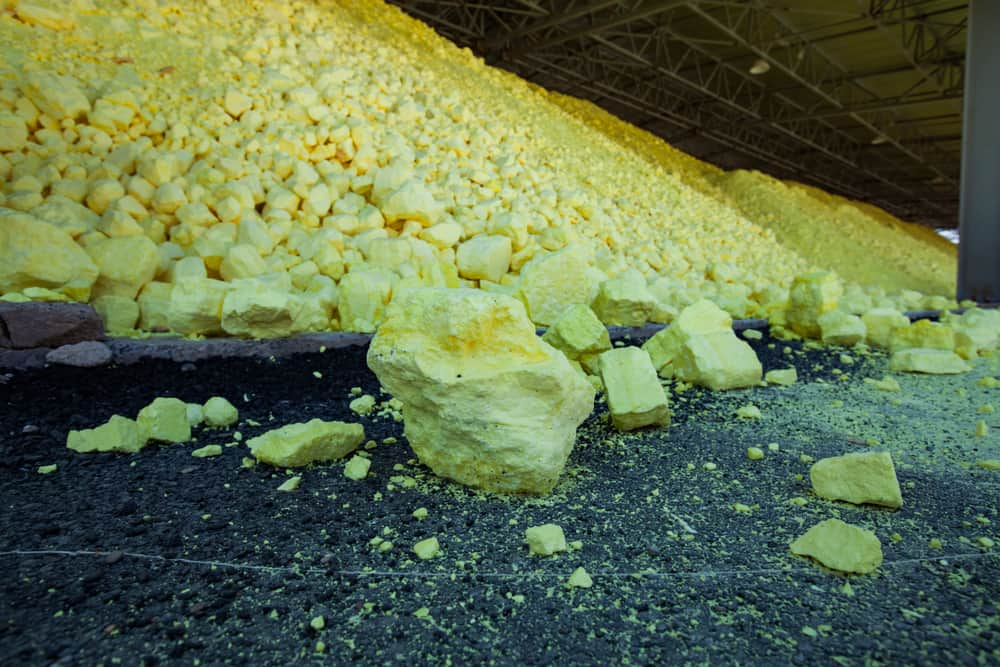Blog
Silica Sulfuric Acid SDS: Essential Safety Guidelines
When it comes to handling chemicals, understanding the silica sulfuric acid SDS (Safety Data Sheet) is crucial for ensuring safety in the workplace. This comprehensive guide provides essential information about silica sulfuric acid, its properties, and the critical safety measures that must be taken when working with this chemical.
What is Silica Sulfuric Acid?
Silica sulfuric acid serves as a powerful reagent in organic synthesis. The preparation involves treating silica gel with concentrated sulfuric acid, resulting in a solid acid that offers unique catalytic properties. Chemists value this compound for its ability to facilitate various chemical reactions, particularly in organic chemistry and materials science.
Importance of Silica Sulfuric Acid SDS
The silica sulfuric acid SDS serves as a vital resource for anyone working with this chemical. It contains essential information regarding:
- Identification of the substance: This section provides the name, synonyms, and relevant uses of silica sulfuric acid.
- Hazard Identification: Understanding the potential hazards associated with silica sulfuric acid is crucial. This includes information about its corrosive properties and potential health effects.
- Composition/Information on Ingredients: The SDS lists the chemical composition, helping users understand the specific components present in the product.

Key Sections of Silica Sulfuric Acid SDS
1. Hazard Identification
The first step in using silica sulfuric acid safely is to review the hazard identification section of the SDS. This section outlines the risks associated with exposure, including:
- Corrosivity: Silica sulfuric acid can cause severe burns upon contact with skin or eyes.
- Inhalation Risks: Inhaling vapors or dust can lead to respiratory irritation.
- Environmental Hazards: The chemical may pose risks to aquatic life and should be handled with care to prevent spills.
2. First-Aid Measures
The silica sulfuric acid SDS provides crucial first-aid measures to be taken in case of exposure:
- Skin Contact: Immediately wash the affected area with plenty of water for at least 15 minutes and seek medical attention.
- Eye Contact: Rinse eyes thoroughly with water and seek emergency medical help.
- Inhalation: Move to an area with fresh air and seek medical assistance if symptoms persist.
3. Fire-Fighting Measures
Understanding the appropriate fire-fighting measures is essential. The SDS outlines:
- Extinguishing Media: Use appropriate fire extinguishing agents, such as dry chemical or carbon dioxide.
- Special Hazards: Silica sulfuric acid can produce toxic fumes when heated. Firefighters should wear protective gear to prevent exposure.
4. Handling and Storage
Proper handling and storage techniques are critical for ensuring safety:
- Personal Protective Equipment (PPE): Always wear appropriate PPE, including gloves, goggles, and lab coats, when working with silica sulfuric acid.
- Storage Conditions: Store in a cool, dry place away from incompatible materials.
5. Exposure Controls/Personal Protection
This section of the silica sulfuric acid SDS details exposure limits and recommended personal protective equipment:
- Occupational Exposure Limits: Follow guidelines established by occupational safety organizations to minimize exposure risk.
- Engineering Controls: Implement proper ventilation systems to reduce airborne concentrations.
Conclusion
Understanding it is crucial for anyone involved in handling this chemical. By following the guidelines outlined in the SDS, you can significantly reduce the risks associated with silica sulfuric acid. Always prioritize safety and ensure proper training for all personnel who work with this substance.
